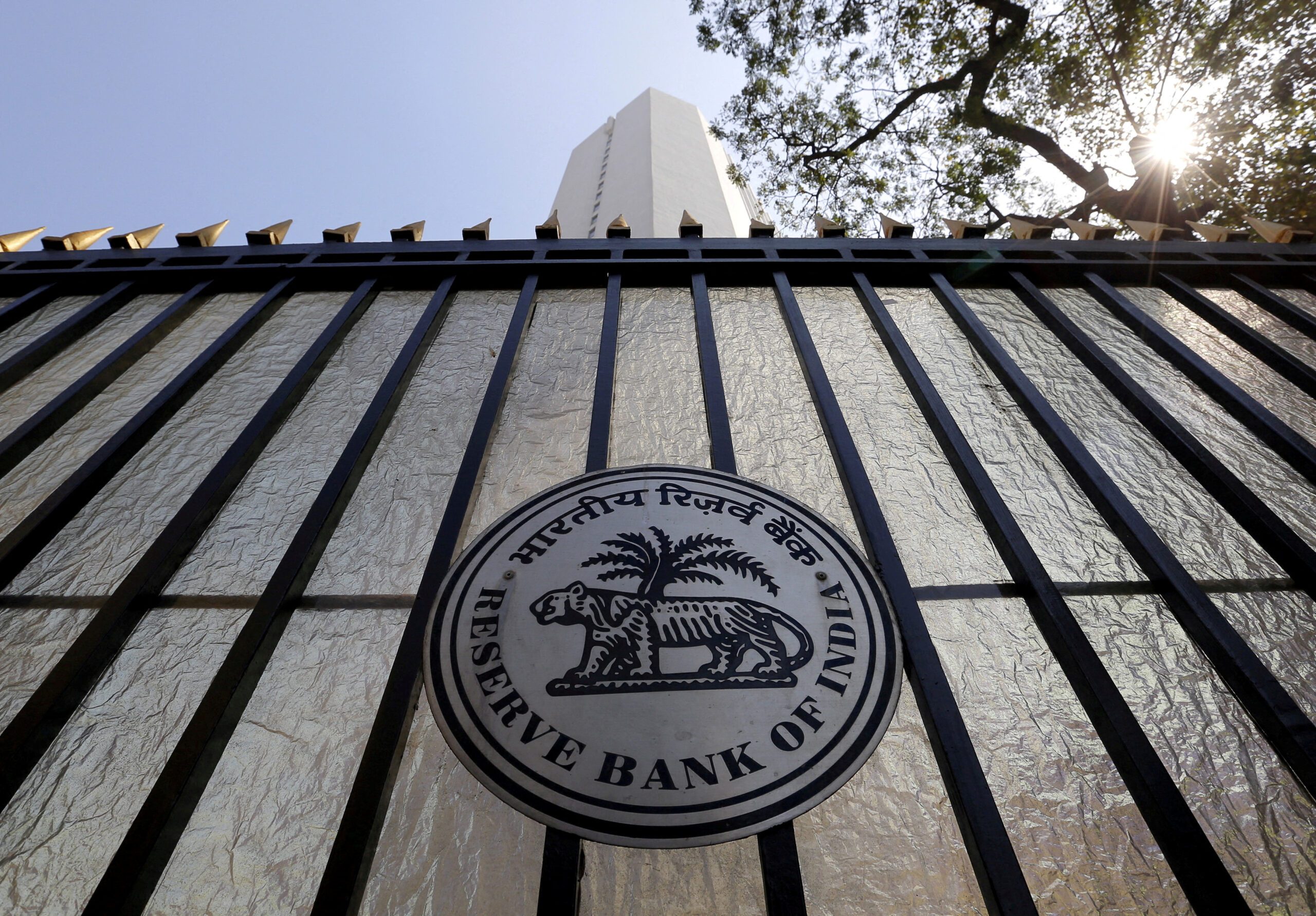NEW DELHI — Even as the controversy over Amazon Prime Video’s political thriller “Tandav” rages in India, the latest web series to come under fire is Netflix’s “Bombay Begums,” a drama that recounts the lives of five women living in Mumbai.
On March 16, the National Commission for Protection of Child Rights directed Netflix to immediately remove certain “objectionable” scenes involving minors in “Bombay Begums,” which was released on March 8 and soon became popular on the streaming platform.
The country’s highest children’s rights body acted after it received a complaint from two Twitter users over the show, “wherein the children were found to be indulged in snorting drugs and taking indecent pictures and selfies in the classroom.”
This comes on the heels of a major row over scenes in “Tandav,” a Hindi word meaning “fury,” which allegedly insulted Hindus by portraying the faith’s deities in a derogatory manner.
Several leaders of the ruling Bharatiya Janata Party were among those who harshly criticized the series, which stars Bollywood A-listers such as Saif Ali Khan and Dimple Kapadia. A complaint was filed with the police against the makers of the series after it hit the streaming platform on Jan. 15. Amid the outrage, the show’s producers and Amazon Prime issued apologies and were forced to delete or edit scenes.
However, these are not the only controversies involving OTT (over-the-top) direct streaming platforms in culturally sensitive India, a country of over 1.3 billion where Hindus make up 80% of the population and Muslims about 15%.
Other recent cases involve Amazon Prime’s crime drama “Mirzapur,” which courted controversy for allegedly depicting a northern Indian city in a bad light, and Netflix’s series “A Suitable Boy” — based on author Vikram Seth’s bestselling novel of the same name — which faced a backlash for showing a Muslim man and a Hindu woman kissing against the backdrop of a temple. Bollywood actor Bobby Deol — star of “Aashram,” a popular show on the streaming platform MX Player — also faced legal troubles over the controversial portrayal of Hindu saints.
Adding to the woes of these platforms, the government unveiled on Feb. 25 a new set of regulations for them and other digital media, bringing Amazon Prime, Netflix, Walt Disney’s Disney+ Hotstar and many more such online video streaming players under the ambit of the Ministry of Information and Broadcasting, seen by some as a move to tighten the government’s grip over these platforms and as an attack on free expression.
Among key features of the rules are self-classification of the content by OTT platforms into five age-based categories: Universal, 7+, 13+, 16+ and Adult; parental locks for content classified as 13+ or higher; and a three-level grievance redressal mechanism.
Calling the rules “anti-democratic and unconstitutional,” the Internet Freedom Foundation, an Indian organization for digital liberties, said in a Feb. 27 post on its website that the rules will bring “government control rather than regulation over digital news platforms and OTT video content providers.”
However, voices supporting the government’s move are also coming from various stakeholders in the media industry. Manoj Gairola, editor-in-chief of the News Nation channel, argues that since regulations are in place for other media, such as cinema, television and even newspapers, they should be there for OTT platforms as well. “There has to be some kind of level playing field. Either there should be regulations for all or for none,” he told Nikkei Asia.
Rajesh Abhay, a New Delhi-based actor and journalist, concurred: “They cannot be given a free hand to show whatever they want to without taking any responsibility for their actions. This is anarchy in the name of freedom. We can’t change our parameters based on what is shown in and liked by the West.”
In India, the Central Board of Film Certification regulates movies being released in cinema halls under provisions of the Cinematograph Act of 1952, while programs on TV come under the purview of the Cable Television Network (Regulation) Act of 1995. OTT platforms remained unaffected until the recent government guidelines were announced.
India has about 40 OTT platforms engaged in online streaming, with BigFlix, which was launched by Reliance Entertainment, being the first one to enter the scene in 2008. It was followed in 2010 by nexGTv, and then in 2013 came SonyLiv. Netflix entered India in 2016, and about a year later Amazon Prime also joined the fray, with both focusing on local original content to woo viewers and now ranking among the most popular players.
“We are living in an era where we get offended very easily,” Tapobrati Das Samaddar, founder of Wordloom Creative Ventures — a company that deals with media, education and performing arts — said of recent controversies surrounding some web series.
Samaddar added that many households in India still have a joint family system, with elderly people staying in them. “You just cannot switch on any OTT channel just like that for experimenting, because you never know whether you can watch that content with elders and kids around,” she said.
Notwithstanding controversies, an October 2020 report by PricewaterhouseCoopers says India holds the most potential for OTT platforms globally and will become the sixth-largest market by 2024, overtaking South Korea, Germany and Australia. “Subscription video on demand will be the prime driver of revenue,” increasing at a 30.7% compound annual rate from $708 million in 2019 to $2.7 billion in 2024, it said.
The new coronavirus pandemic and subsequent lockdown in India — the world’s strictest, which shut cinema halls and other entertainment outlets and forced people to remain indoors — only helped the video streaming platforms grow in both urban and rural areas of the country.
Several Bollywood movies starring top actors, such as “Gulabo Sitabo,” Dil Bechara” and “Shakuntala Devi,” premiered on OTT platforms instead of in theaters, which further boosted the popularity of the medium.
According to Redseer Consulting, OTT video consumption saw total growth of 13% from January 2020 to January 2021, led by sports streaming. Subscription video-on-demand platforms, it added, had the highest Net Promoter Score — which measures customer experience — in OTT video streaming, with Netflix (78) topping the chart, followed by Amazon Prime Video (56) and Disney+ Hotstar (56). Others such as Zee5, MX Player, Voot and SonyLiv had scores ranging from 42 to 54.
Analysts feel the latest government rules will not prove a major obstacle for the growth of OTT platforms in the world’s second-most-populous nation, which is one of the fastest-growing markets for the top global players in the field owing to easy accessibility of cheap data and affordable smartphones.
“It’s just a speed breaker, not the end of the road,” Sanchit Vir Gogia, chief analyst, founder and CEO of the digital and tech advisory firm Greyhound Research, told Nikkei, adding that the attention that the OTT players have drawn from authorities could have been avoided had there been some self-regulation.
Meanwhile, some argue that in a vast and religiously and linguistically diverse country like India, it is impossible to please everybody but censorship is not the only solution.
“We have a choice not to watch certain things. If you feel a movie or series has too many violent scenes, abuse words and is sexually explicit, don’t watch it, and also make sure your children do not watch it either,” said Vineeta Dwivedi, former CEO of digital cinema distribution company KSS and currently teaching at SP Jain Institute of Management and Research. She credited OTT platforms with offering “good storylines” with strong female characters as well as taking on issues such as homosexuality and corruption, which other popular media, like films and television, have not dealt with much. “The reason why the OTT has become so successful is because it is able to break these boundaries of social morals.”
In Indian cinema, particularly in Bollywood, the risk-taking ability of makers is very low, as a film’s success defines employment for many. Thus, storylines mostly revolve around the time-tested formula of song-and-dance routines and cliched dialogue, aiming to attract the masses.
Besides, filmmakers face budget constraints and are also required to follow rules, which is not the case with the subscription-based online streaming platforms that produce high-quality original content.
“We always had the creativity in abundance but were not able to express it,” Dwivedi said. “What OTT has done is that it has allowed people to really explore the medium, and now we have some fantastic Indian content that has come up on these video streaming platforms.”
“If we allow OTT to grow and prosper in our country, we might finally be able to do the kind of soft diplomacy that Hollywood does for the U.S. in the rest of the world. It is a chance for the Indian entertainment industry to show the world what they really got,” Dwivedi said.







